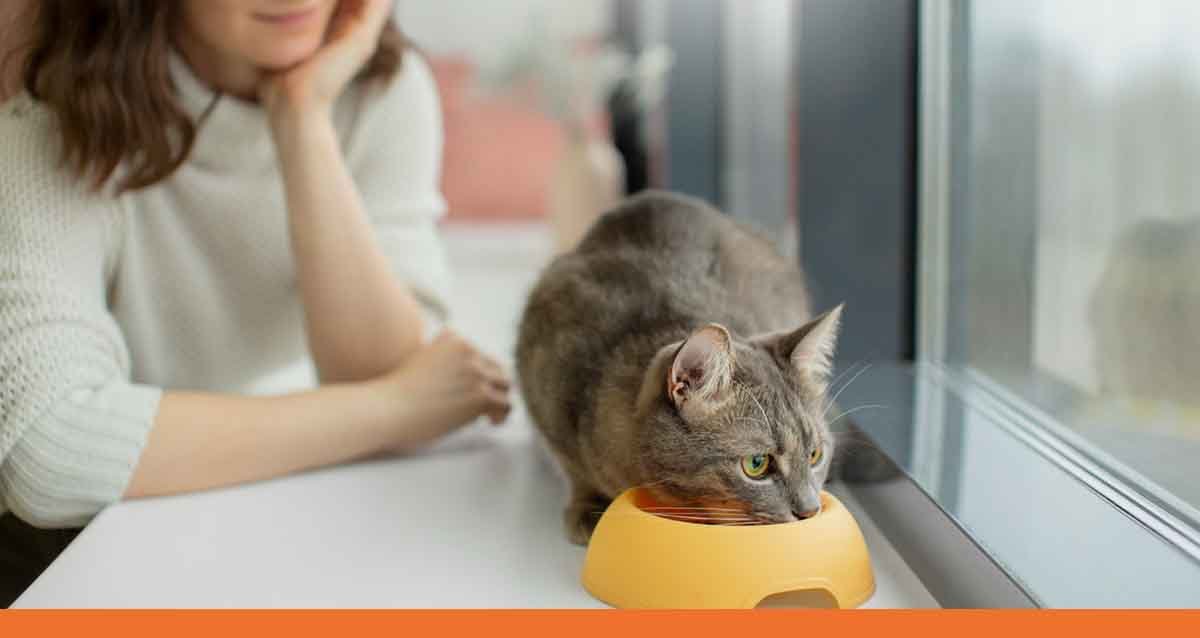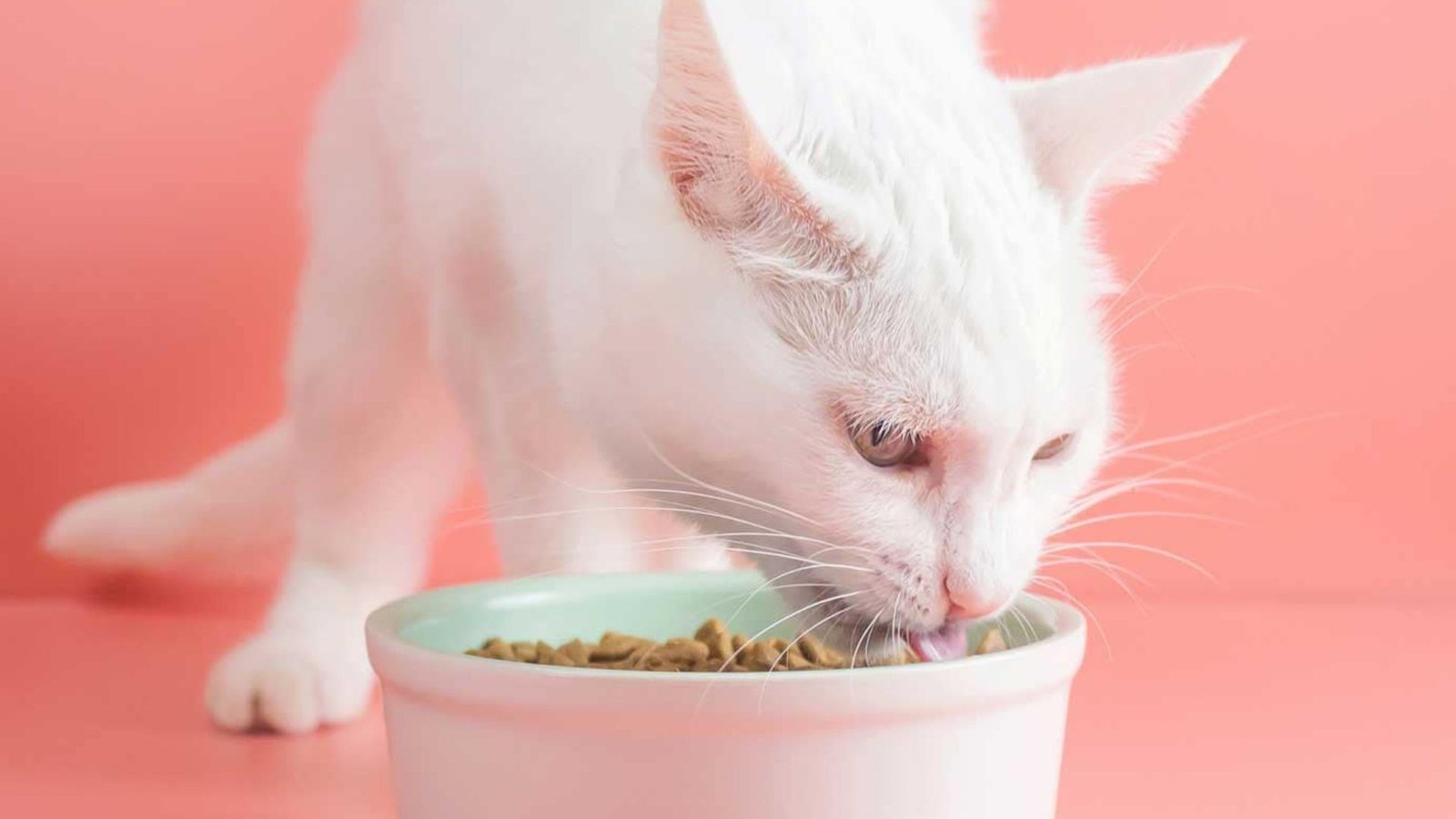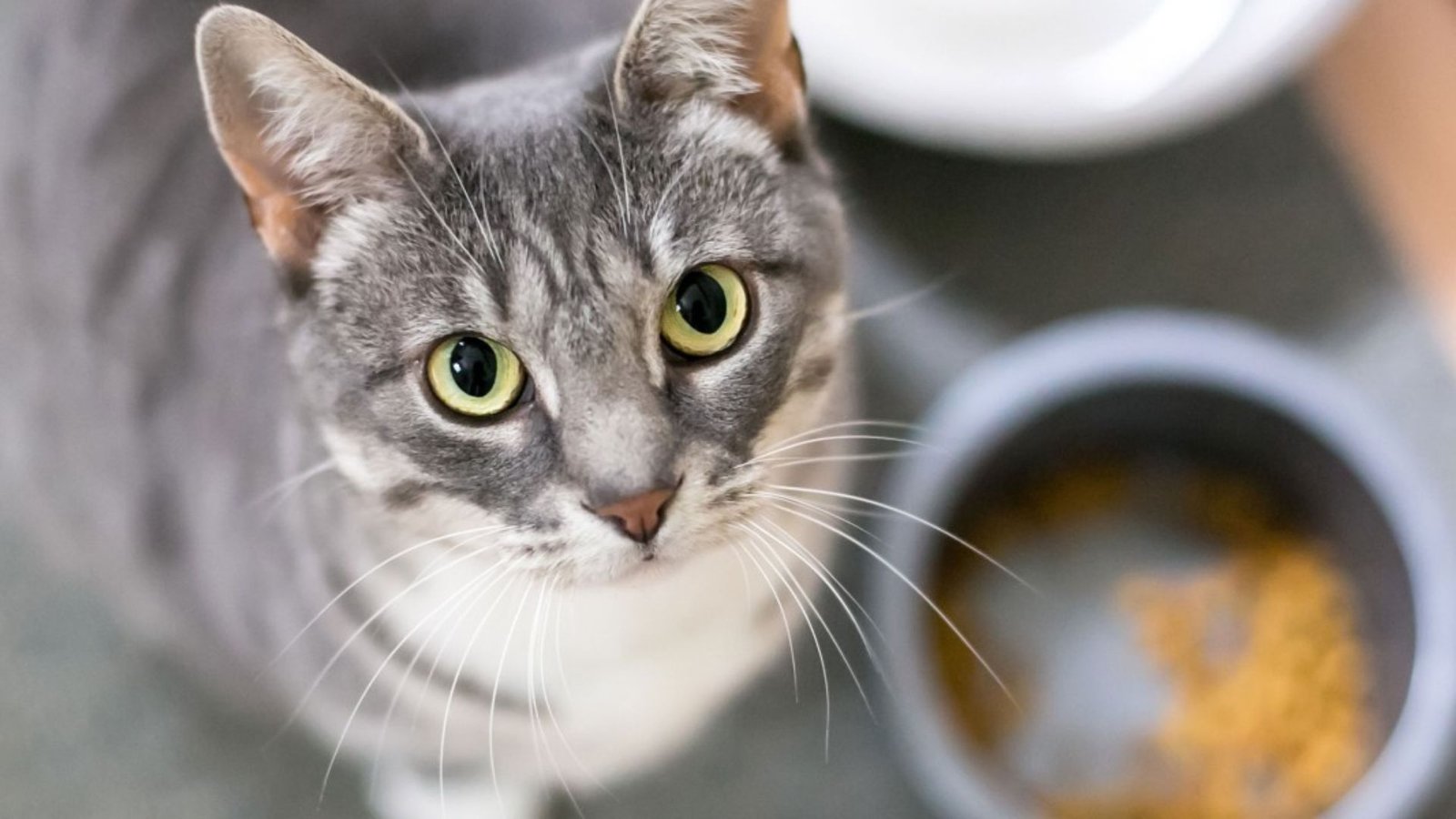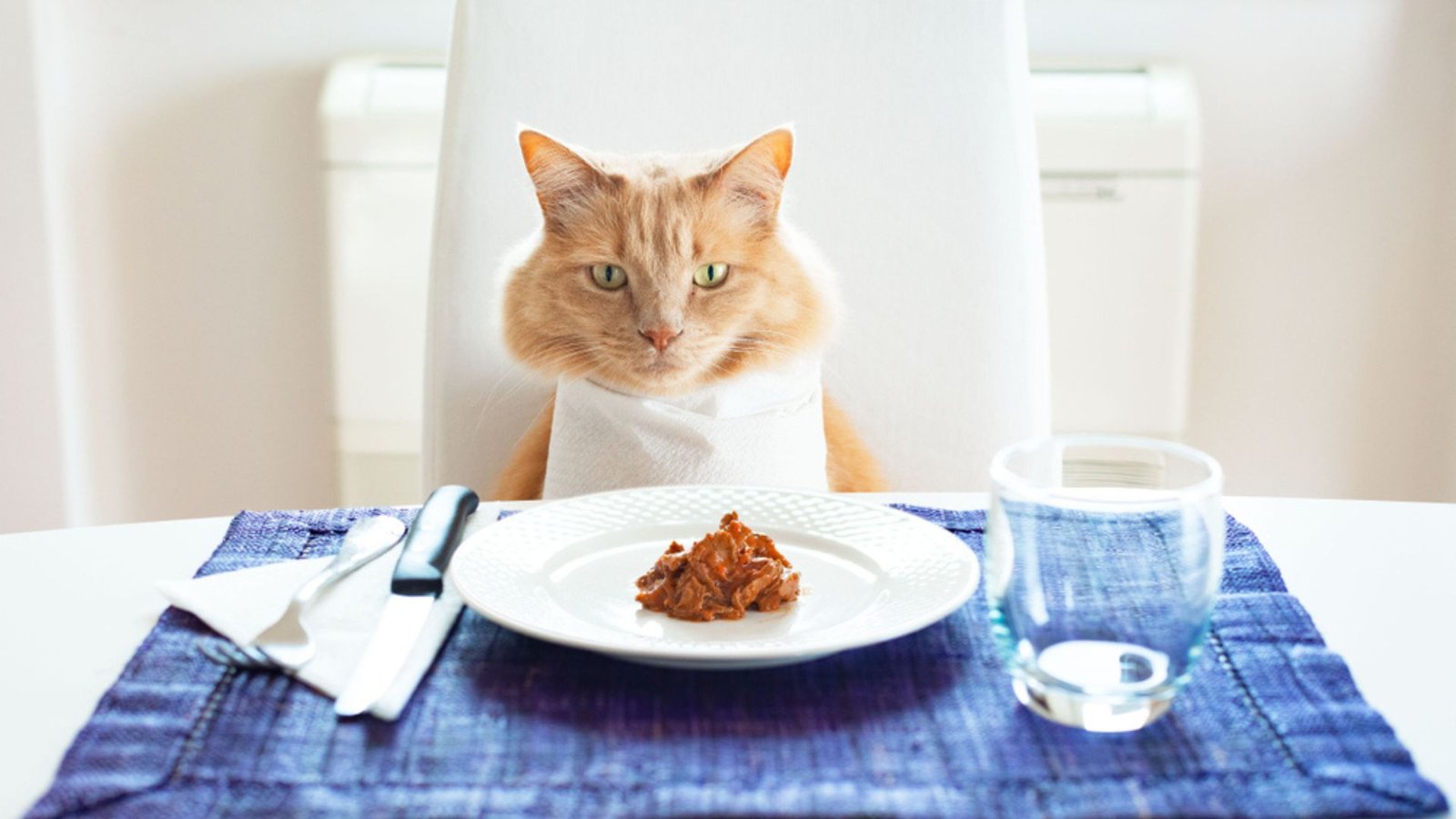Food allergies in cats can cause discomfort, skin issues, gastrointestinal problems, and more. Understanding how to identify food allergies in your cat and knowing how to manage them is crucial for their health and happiness. In this guide, we’ll explore the common symptoms of food allergies in cats, the causes, and the best solutions to help your feline friend live a comfortable life.
1. What Are Food Allergies in Cats?
Food allergies in cats occur when their immune system mistakenly identifies certain proteins or ingredients in their food as harmful. The body then releases histamines and other chemicals, which cause allergic reactions. Unlike food intolerances, which are more about digestion, food allergies involve an immune response.
Common food allergens for cats include:
- Beef
- Chicken
- Fish
- Dairy
- Grains like wheat or corn
2. Common Symptoms of Food Allergies in Cats
Food allergies in cats can manifest in a variety of ways, and the symptoms can range from mild to severe. The most common signs include:
Skin Issues
- Itchy Skin: Cats with food allergies often experience itching, particularly around the ears, face, or paws.
- Red, Inflamed Skin: Allergic reactions can cause redness, swelling, and even scabs or sores, which cats may lick or scratch excessively.
- Hair Loss: Excessive scratching or grooming due to itchiness can lead to bald patches, particularly on the face, abdomen, and legs.
Gastrointestinal Problems
- Vomiting: Recurrent vomiting is a common symptom of food allergies.
- Diarrhea: Cats with food allergies may experience chronic diarrhea, often accompanied by blood or mucus.
- Poor Appetite: Cats may avoid eating if they associate their food with discomfort.
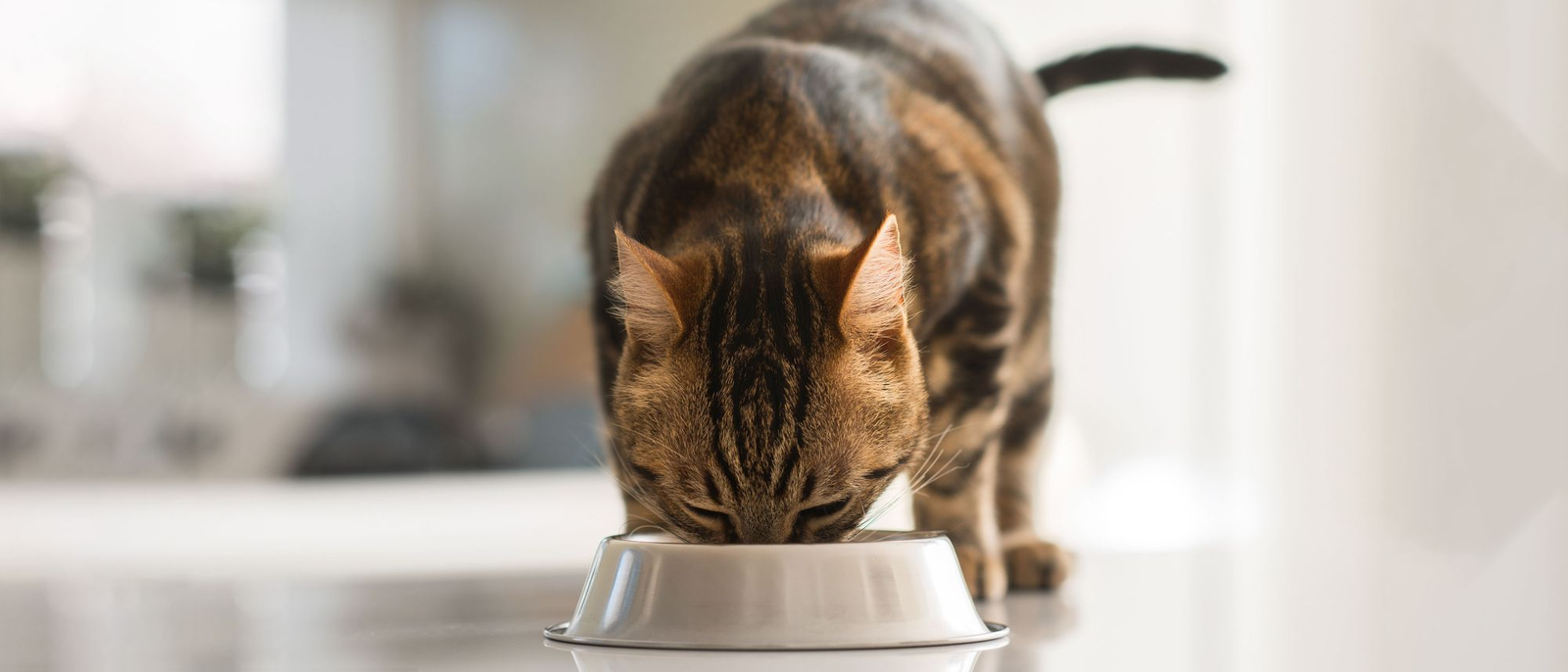
Ear Infections
- Ear Infections: Cats with food allergies are prone to frequent ear infections, often accompanied by itching and inflammation.
3. Diagnosing Food Allergies in Cats
If you suspect your cat has a food allergy, it’s important to take them to the veterinarian for a proper diagnosis. Diagnosing food allergies can be challenging, as symptoms often resemble those of other conditions like flea allergies or infections. The vet will likely recommend an elimination diet, which involves feeding your cat a special, limited-ingredient diet for a period of time.
Elimination Diet
An elimination diet involves removing all common allergens from your cat’s food and introducing a new, hypoallergenic food source. The goal is to identify the specific ingredient causing the allergic reaction. This process usually takes 8-12 weeks, and only one new protein and carbohydrate should be introduced at a time to observe changes.
4. Common Food Triggers for Cats
Understanding what may be causing your cat’s allergies is the first step in solving the problem. Some common food allergens include:
- Beef: A common allergen in many cat foods.
- Chicken: Another prevalent protein in many commercial pet foods.
- Fish: While high in omega-3 fatty acids, fish can also cause allergic reactions in some cats.
- Dairy: Many cats are lactose intolerant, and some may also have allergic reactions to dairy proteins.
- Grains: Some cats develop allergies to grains like wheat, corn, or soy that are often used in lower-quality commercial cat foods.
5. Solutions for Managing Food Allergies in Cats
Once you’ve identified the food allergen, there are several solutions to help manage your cat’s condition.
1. Switch to a Hypoallergenic Diet
Switching to a hypoallergenic or limited-ingredient diet is often the first step in managing food allergies. These diets are designed to reduce the number of allergens and are available in both wet and dry food forms. Many brands offer special formulas with novel proteins like duck, venison, or rabbit, which may be less likely to trigger allergies.
2. Home-Cooked Meals
In some cases, preparing home-cooked meals for your cat may be a good option. By carefully selecting ingredients that are unlikely to cause an allergic reaction, you can control the food your cat eats. Consult with your vet or a pet nutritionist to ensure your cat’s home-cooked meals are balanced and nutritionally complete.
3. Gradual Introduction of New Foods
After an elimination period, you may gradually reintroduce foods to see which one causes the allergic reaction. This should be done slowly and systematically, with a few weeks in between each reintroduction to accurately track any changes.
4. Consider Hypoallergenic Treats
Even though your cat may be on a hypoallergenic diet, it’s important to consider treats as potential sources of allergens. Look for treats made with the same novel proteins or limited ingredients used in the hypoallergenic diet.
5. Medication
In some cases, antihistamines or corticosteroids may be prescribed to manage inflammation or itching caused by food allergies. These medications should only be used as directed by a veterinarian and as a short-term solution.
6. Preventing Future Food Allergies
While you may not be able to prevent food allergies from developing in the first place, there are some steps you can take to minimize the risk of future allergic reactions:
- Gradual Introduction of New Foods: Always introduce new foods gradually, especially when changing your cat’s diet or offering new treats.
- Limit Exposure to Common Allergens: If your cat has a known food allergy, avoid products containing that ingredient. Opt for specialty foods formulated to avoid common allergens.
7. Conclusion
Food allergies in cats can be challenging, but with the right approach, you can manage your cat’s allergies and help them feel better. Pay attention to symptoms such as itching, vomiting, and diarrhea, and consult with your veterinarian if you suspect food allergies are to blame. A well-planned elimination diet, switching to hypoallergenic foods, and careful monitoring will help ensure that your cat is comfortable and healthy.

